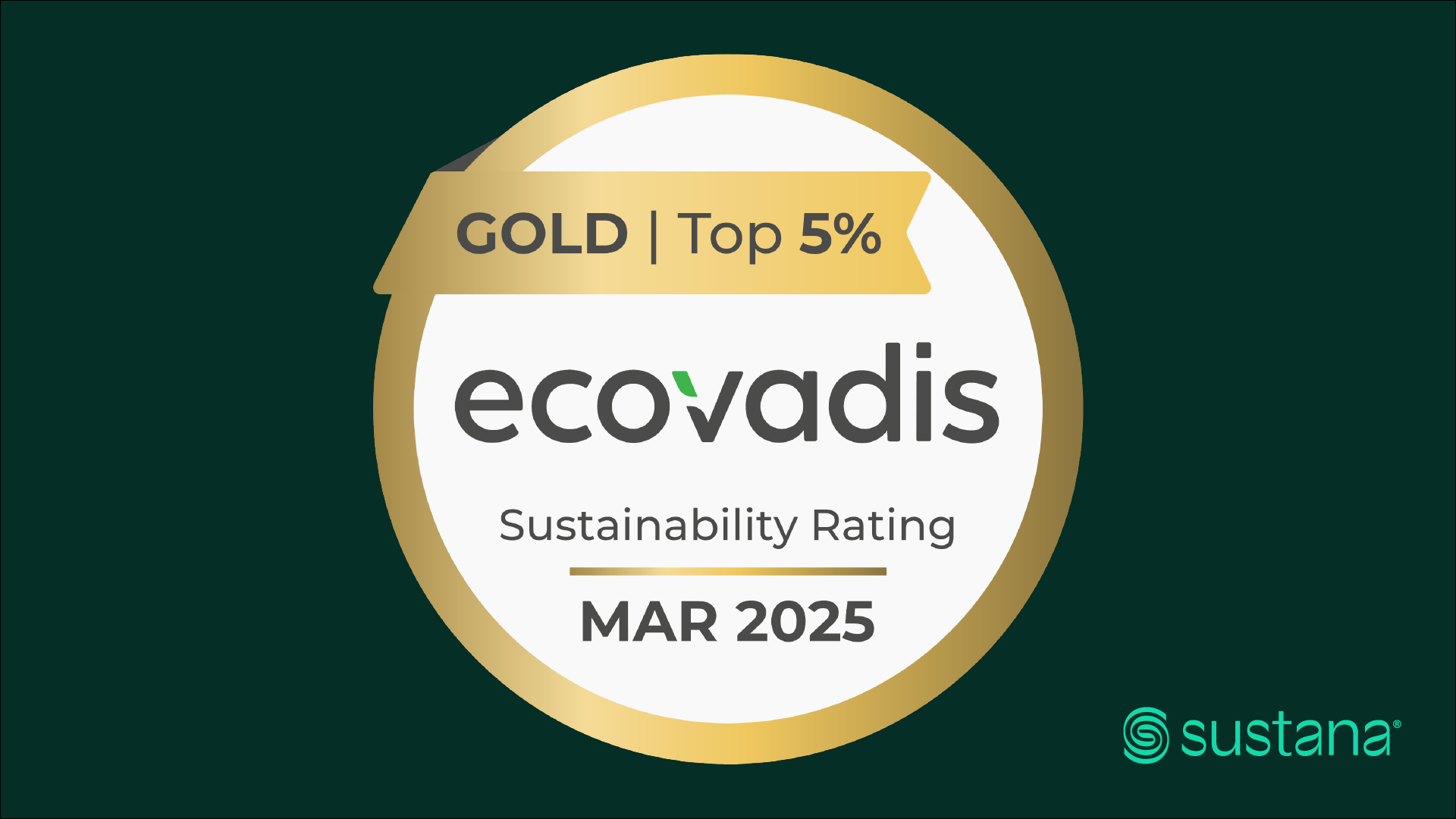In our “Conversations with Green Champions,” Rolland President Philip Rundle asks sustainability-minded companies about their approach to environmental responsibility.
Philip speaks with Jean-François Michaud, Senior Advisor – Corporate Social Responsibility with Cirque du Soleil about the entertainment company’s new energy sensitive big top, working with environmentally conscious suppliers, and bees.
Clowning around
- The Cirque du Soleil stages more than 20 theatrical productions a year around the world in theaters, in arenas, and under the big top.
- Eleven million spectators attended Cirque du Soleil shows in 2016.
- Headquartered in Montréal, and with a major presence in Las Vegas, it has a workforce of 4,000, including over 1,300 artists from around the world.
How does a creative organization like Cirque du Soleil strike a balance between economic, social and environmental interests?
Sustainable development is in our DNA. Cirque du Soleil was founded by street performers with a desire to pursue a different type of artistic expression. Early on, the Cirque du Soleil began to support communities in need through programs like Cirque du Monde1. And from there we saw it was important to be involved with environmental concerns, and to see ourselves as a responsible agent of change.
How does Cirque du Soleil work at being an environmentally responsible citizen?
Like any other organization, we pay attention to our environmental impact. This includes reducing greenhouse gas emissions, and managing our residual wastes – the topic du jour.
At our head office in Montreal, which has a BOMA BESt Level 3 certification2, we put in place practices to reduce energy consumption, facilitate recycling and composting, and manage water usage. We have bee hives, too, on the terraces at headquarters. As pollinators, the bees help protect the biodiversity in the area. This has helped raise employee awareness about the role of bees in the food chain.
Last year we avoided creating 2,000 tons of greenhouse gas emissions at our big top shows, through new ways of managing energy usage.
Any other examples of reducing the environmental impact of Cirque du Soleil shows?
Our big tops used to be yellow and blue, then we moved to lighter colors, and in 2017 they are grey and white. Lighter tones reflect sunlight, reducing heat under the big top, lessening energy consumption. We’ll debut the new big top beginning with performances of Volta which hits the road starting in the Old Port of Montréal in April.
How does Rolland measure up as a responsible supplier?
Rolland’s product is quite exceptional in environmental terms. The Life Cycle Analysis to evaluate the environmental impact of Rolland paper is interesting as is your approach to energy usage at the paper mill3.
We decided to make an eco-responsible choice with office paper for copiers and printers years ago – we see paper as a strong symbol worldwide due to its roots in the forest. The team here quickly identified Rolland Enviro Copy as our best choice4.
What role does office paper play at Cirque du Soleil?
We need paper to be efficient. All the same we take care to reduce usage – one example is two-side printing. Paper is a tool: it helps us create and coordinate shows and put them on the road!
What is the impact of your Responsible Procurement Policy?
It is part of our purchase order which applies to all suppliers. The policy works at two levels. First, internally, it helps promote purchasing of responsible products wherever possible – paper is an example. Second, in all calls for tender in excess of $250,000, we include questions on sustainable development, so suppliers are evaluated on that, in addition to cost and quality.
Do you see the Cirque du Soleil as a green champion?
We do our best to be as responsible as possible! And water management comes to mind, because we take water to heart – it is an important symbol, just like paper.
Starting in 2007 we used innovative techniques that have become commonplace to reduce water usage. These include recovering rainwater from our headquarters and a main parking area – then using it in toilets and to water exterior grounds and gardens. We also filter our own drinking water, which reduces the number of trucks on the road delivering water.
You are very practical and resourceful people at heart!
At Cirque du Soleil we are nomads – our big top shows play in five or six locations every year, and our arena shows travel every week – so we have no alternative but to be efficient on the road . Naturally, being socially responsible calls for meeting many challenges but, like all organizations, we want to measure up.
- Cirque du Monde, created by Cirque du Soleil and Jeunesse du Monde in 1995, combines circus techniques with educational social intervention to help young people at risk. It is now in place in over 80 communities worldwide. ↩︎
- BOMA BESt certification recognizes excellence in energy performance and environmental management in commercial real estate. Managed by the Building Owners and Managers Association of Canada (BOMA Canada), BOMA BESt (Building Environmental Standards), is the largest environmental assessment and certification program of its kind in Canada. ↩︎
- Rolland operates the only paper mill in North America to use biogas, created by decomposing landfill waste, as an energy source. It supplies over 90% of the mill’s energy needs. ↩︎
- Rolland Enviro Copy paper has 100% post-consumer recycled content. ↩︎


